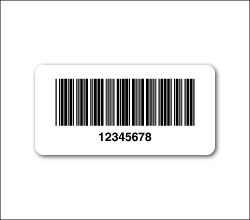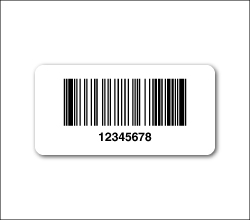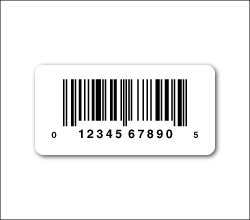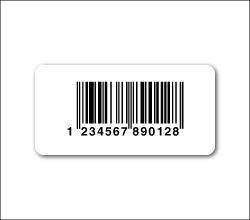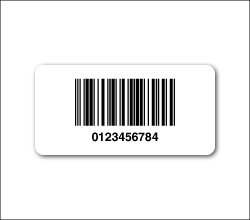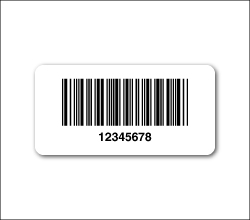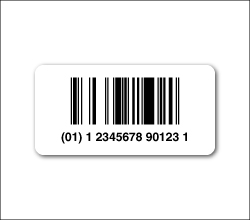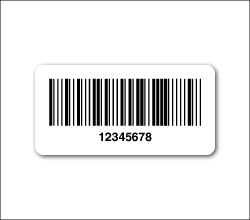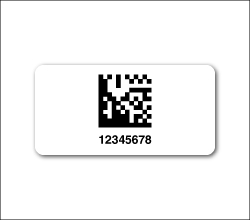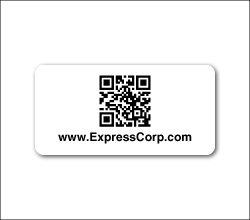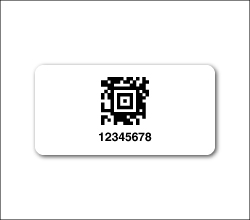Code 39
Industry: Manufacturing, Defense
Common Uses: Identification, Asset Tracking
The Code 39 barcode symbology is one of the most commonly used barcodes in the manufacturing and defense industries. It used to be that there were only 39 characters that could be encoded (A-Z, 0-9), but it has since been expanded to 43 characters (-, ., $, /, +, %, and space). While Code 39 is similar to Code 128, Code 39 requires much more space so Code 128 tends to be favored when labeling very small goods.
